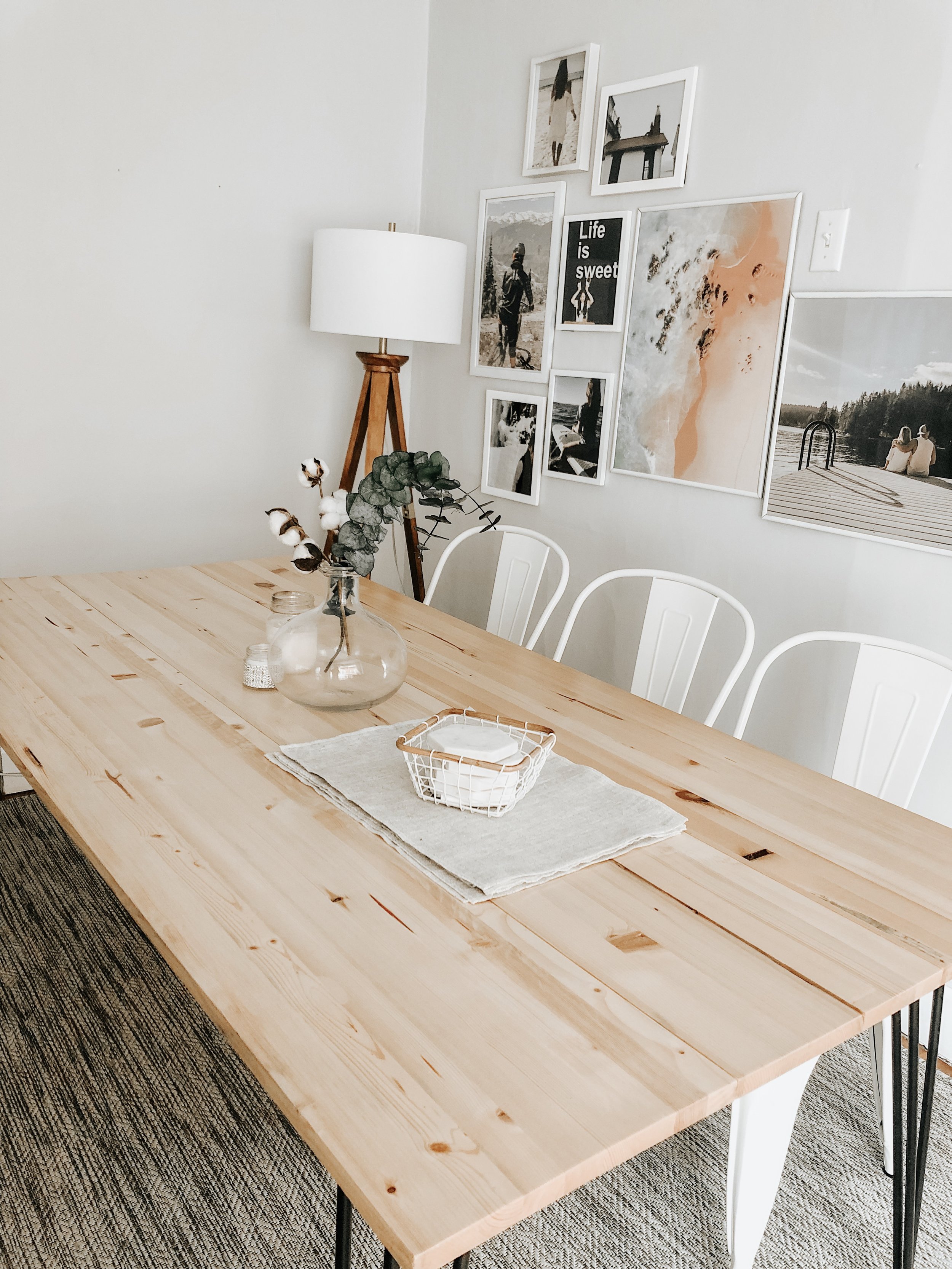The Impact of Dining Room Table Legs on Your Table's Overall Design
The Impact of Dining Room Table Legs on Your Table's Overall Design
Blog Article
From Standard to Modern: Find the Suitable Dining-room Table Legs for Your Style
While traditional designs such as cabriole and turned legs stimulate a sense of ageless class, modern styles like barrette and geometric alternatives provide a possibility for striking visual passion. As you consider these aspects, the inquiry continues to be: exactly how can you flawlessly incorporate these diverse leg designs to develop an unified dining experience?
Comprehending Table Leg Styles
The variety of dining-room table leg styles can dramatically affect both the looks and capability of the room. Each leg design adds special useful functions and visual aspects, accommodating diverse style choices and use requirements. Recognizing these styles is essential for picking the ideal table that lines up with your overall interior style vision.
As an example, conical legs offer a clean, timeless appearance that can boost a room's beauty, while pedestal bases supply security and maximize legroom, making them perfect for smaller rooms. Hairpin legs, a characteristic of mid-century modern style, introduce an industrial panache, permitting a ventilated, open feel. Likewise, trestle legs evoke rustic appeal, offering robust support and a feeling of timelessness.
Wooden legs can bring warmth and texture, whereas metal options often convey a sleek, modern vibe. Inevitably, understanding table leg designs is essential for developing a natural eating area that reflects individual style while making sure practicality and comfort.
Conventional Table Leg Options
When choosing eating space table legs, traditional alternatives commonly symbolize classic sophistication and workmanship. These styles mirror an abundant heritage and a dedication to quality, making them suitable for those that value timeless appearances.
Among one of the most famous conventional leg designs is the cabriole leg, characterized by its stylish rounded form. This design often features decorative carvings and is most frequently found in Queen Anne and Chippendale furniture. Another prominent alternative is the turned leg, which flaunts a collection of smooth, rounded forms that offer a classic look while maintaining security.
Furthermore, the straight leg, while basic, supplies a sturdy and basic framework that can mix effortlessly with a range of tabletop designs. For those attracted to ornate outlining, claw-and-ball feet legs stimulate a sense of magnificence and can offer as a sensational prime focus in any kind of eating room.
Lastly, stand bases, although not purely legs, supply a different traditional choice that permits adequate legroom and can be magnificently sculpted. Each of these conventional leg styles adds to the total setting of a dining-room, marrying function with visual appeal.

Modern Table Leg Styles
Modern table leg layouts offer a varied variety of designs that emphasize tidy lines and ingenious products. These styles usually prioritize functionality while functioning as look at more info striking centerpieces within a dining area. Minimal looks prevail, with legs crafted from products such as steel, glass, and engineered wood, which contribute to a ventilated and modern feel.
One preferred layout is the barrette leg, identified by its slender, tapered framework that supplies stability without frustrating the tabletop (dining room table legs). This design is usually found in mid-century modern furniture and can effortlessly complement numerous table shapes. Another pattern is the usage of geometric forms, where legs might handle unbalanced or angular forms, including aesthetic passion and a touch of creativity

Mixing Styles for Unique Rooms
Commonly, house owners seek to develop special eating spaces that show their individual style by blending different design elements. This strategy enables for the consolidation of diverse looks, causing a harmonious yet distinct setting. As an example, matching a rustic wooden table with streamlined, contemporary steel legs can create an eye-catching contrast that raises the space's overall charm.
Furthermore, incorporating vintage table legs with contemporary tabletops can stimulate a feeling of history while keeping a modern-day perceptiveness. Such mixes not just showcase specific taste but additionally urge creativity, permitting house owners to curate a space that feels both individual and inviting.
Shade plays an important function in this blending procedure; choosing table legs that complement or contrast with the existing color design can enhance visual rate of interest. As an example, whitewashed legs can soften the daring of a dark table surface area, producing a balanced visual.
Tips for Picking the Right Legs
Selecting the right table legs is crucial for attaining both performance and aesthetic appeal in your eating space. Begin by thinking about the general design of your room. Typical setups benefit from legs that include elaborate carvings or transformed designs, while contemporary rooms may ask for why not find out more streamlined, minimalist designs.
Following, assess the height and security of the legs. dining room table legs. Standard eating tables range in between 28 to 30 inches in height, so guarantee the legs enhance this measurement for comfort. Furthermore, robust products, such as wood or steel, can improve security and durability
Examine the leg shape also-- choices consist of right, tapered, or stand designs. Straight legs supply a traditional look, while conical legs can add a touch of beauty. Pedestal bases provide ample legroom and are excellent for smaller areas.
Verdict
In recap, picking the perfect dining room table legs requires mindful factor to consider of both traditional and contemporary styles. By harmonizing leg design, elevation, and material with the overall decoration, a natural and inviting ambience can redirected here be achieved.
The variety of dining area table leg styles can considerably affect both the visual appeals and performance of the area. Ultimately, recognizing table leg designs is necessary for producing a cohesive dining location that reflects personal design while guaranteeing practicality and convenience.One of the most renowned traditional leg styles is the cabriole leg, defined by its stylish curved form. Straight legs provide a classic appearance, while conical legs can add a touch of elegance.In summary, selecting the ideal eating space table legs calls for careful consideration of both contemporary and standard designs.
Report this page